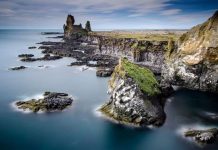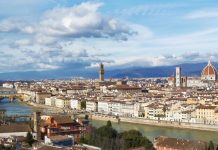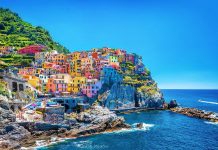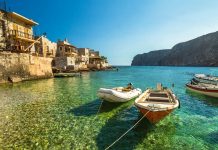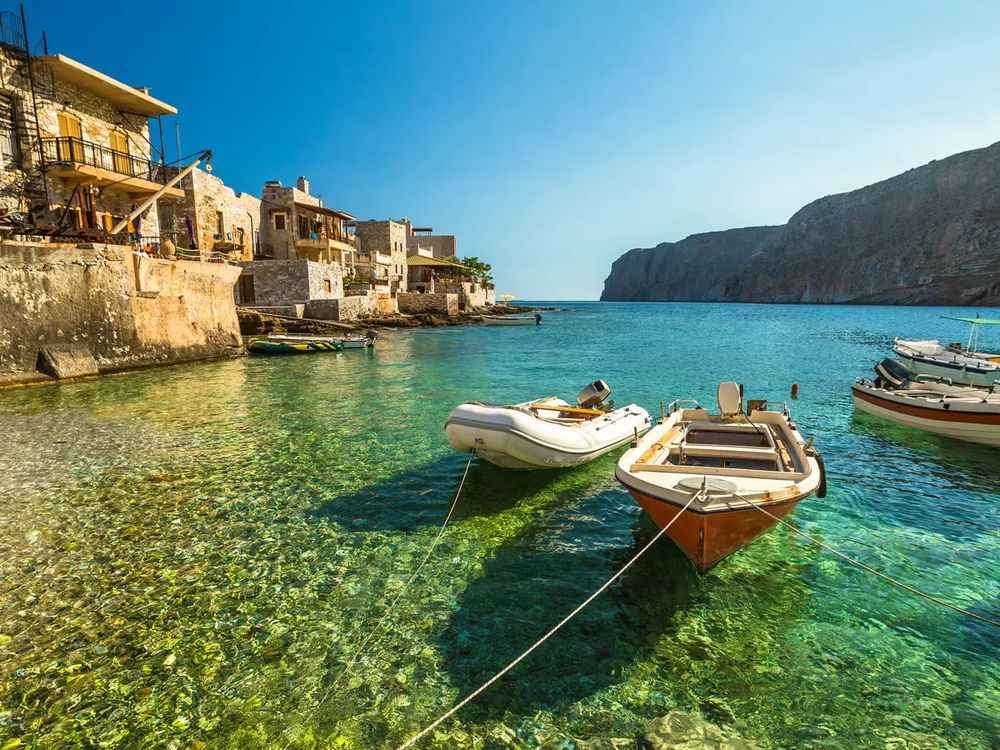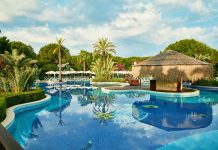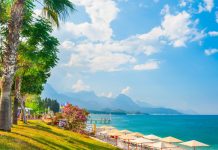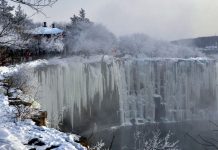Macedonia is right at the heart of the Balkans, and most travellers to the region pass through it at some stage, yet it remains something of an unknown quantity where tourism is concerned. At an official level there seems to be little interest in attracting visitors, especially independent travellers; even Albania and Bosnia receive more coverage in the travel press than Macedonia. Those travellers who do visit find a welcoming and laid-back country, where change seems to happen at a slightly more measured pace than in other parts of the Balkans. The obvious place to start is Lake Ohrid, deservedly one of the most-loved destinations in the Balkans. Independent travellers who make time to explore the rest of the country are likely to find it equally rewarding.
Where to go: some suggestions
Lake Ohrid, tucked away in Macedonia’s southwestern corner, is undoubtedly the country’s top attraction. It offers to opportunity to mix a little history and culture with a lot of relaxation, all against a background of imposing mountains and shimmering water. The old town of Ohrid, with its array of churches and old-style houses, is the focus for the area, but there is much else to explore. You could easily spend a week or more visiting monasteries, boating on the lake, hiking in the empty expanses of Galičica National Park, or enjoying the quieter surroundings of Prespa Lake.
If you succeed in dragging yourself away from Ohrid, you won’t have to travel very far to find other places of interest, whether you head east or north. Immediately to the east is the Pelagonia region. Among the sights here are glacial lakes in Pelister National Park, eclectic architecture in Bitola, elegant houses in the mountain town of Kruševo, and a 360 degree view from Markovi Kuli, near Prilep. Your most memorable experience in this region may be a hike through rugged countryside from Prilep to the spendidly isolated Treskavec Monastery.
Alternatively, head north from Ohrid to the Mavrovo region, ideally on the scenic back road through Struga and Debar. Here you’ll find another national park, traditional villages such as Galičnik, and Sveti Jovan Bigorski Monastery, considered to be one of the most beautiful in Macedonia.
From either Pelagonia or Mavrovo you are well placed to head to Skopje. It must be admitted that Skopje is not of Europe’s most popular capital cities among travellers, and it doesn’t always make a good first impression. But once you look beyond the concrete, Skopje’s bazaar area is one of the most interesting in the Balkans, and the city is an excellent base for excursions: hiking around Lake Matka, admiring the Byzantine art at Sveti Pantelejmon monastery, or visiting some of Macedonia’s most impressive examples of Islamic architecture in nearby Tetovo.
If Macedonia as a whole is not exactly swamped by foreign tourists, Eastern Macedonia is even less visited. Although there are quite a few sights of interest, they are further apart than in the west, leading many travellers to overlook the region – I am guilty of this myself. Of the region’s many monasteries, the largest and most visited (by Macedonians) is Sveti Joakim Osogovski. In a wooded valley near the otherwise unremarkable town of Kriva Palanka on the main Skopje-Sofia road, the monastery’s 12-domed main church dates from the 19th century; the lively atmosphere is quite different from the crumbling mediaeval monasteries elsewhere in the country.



